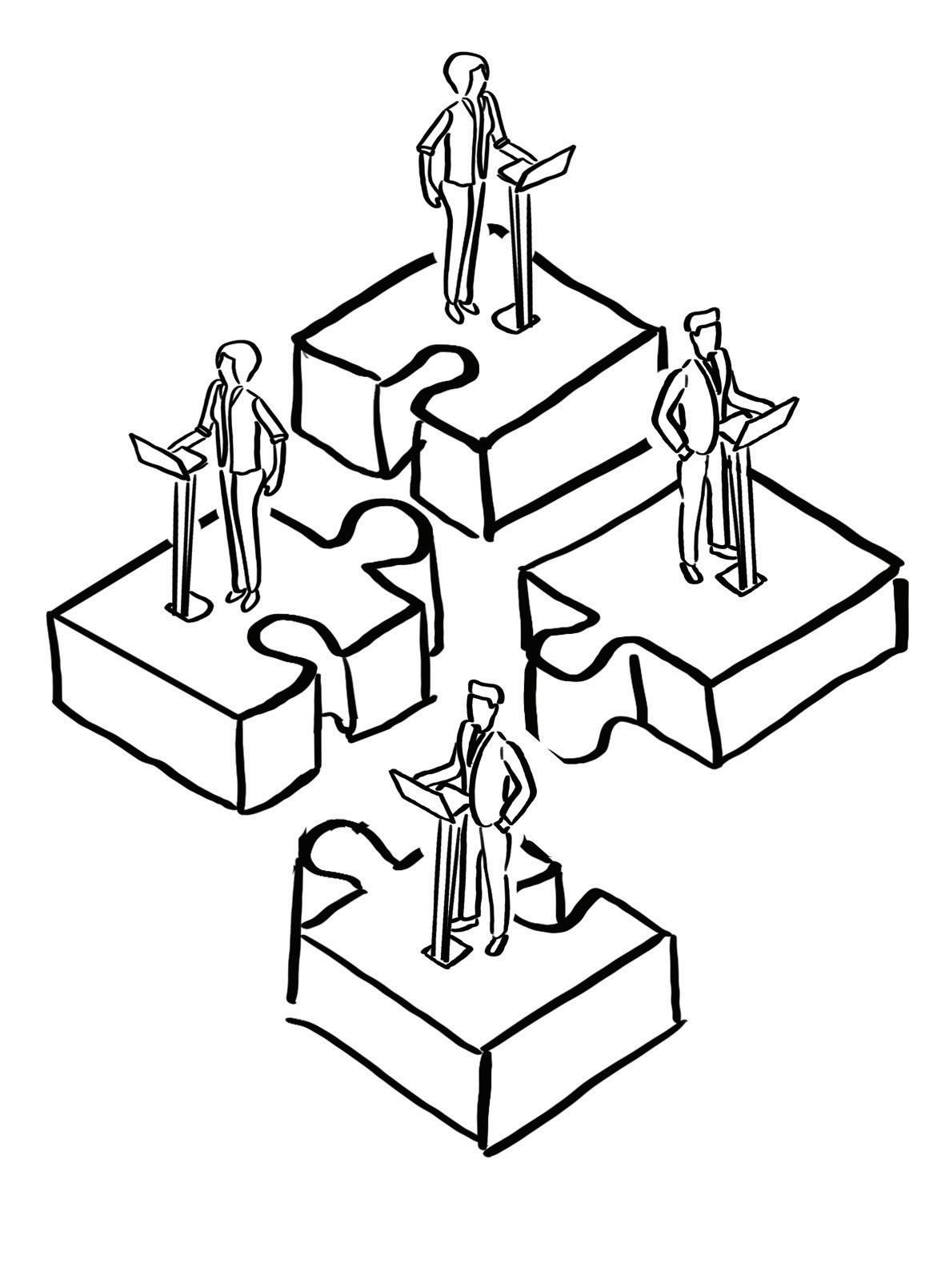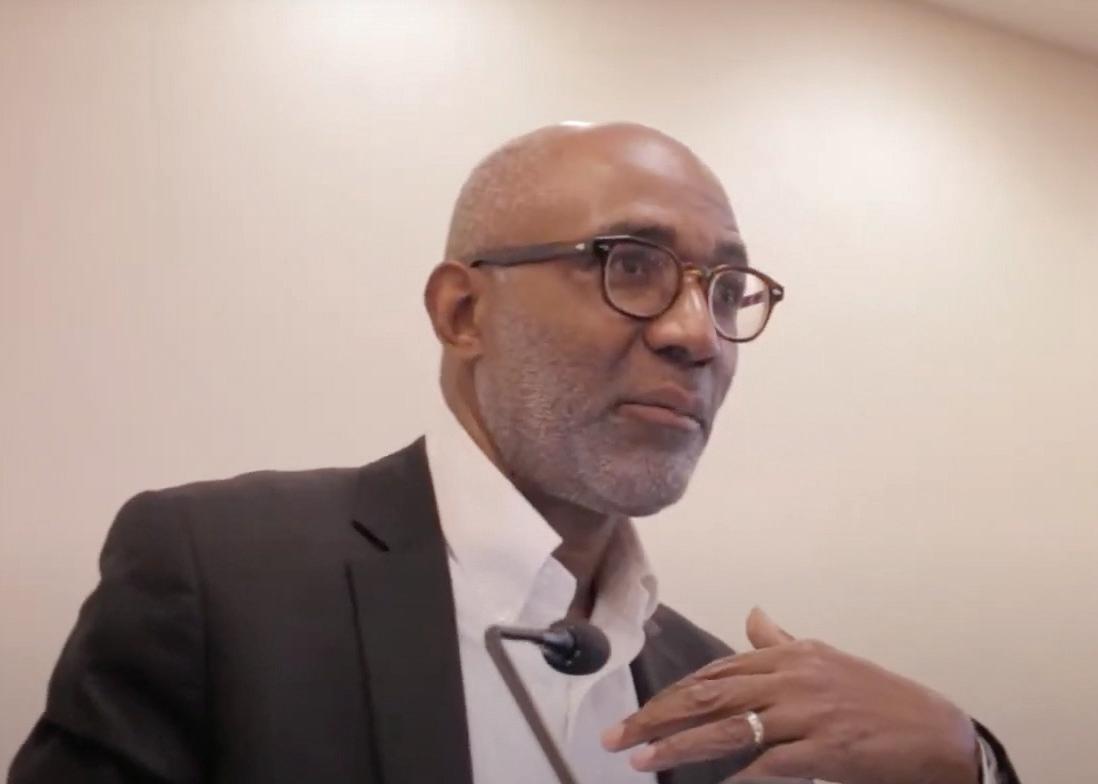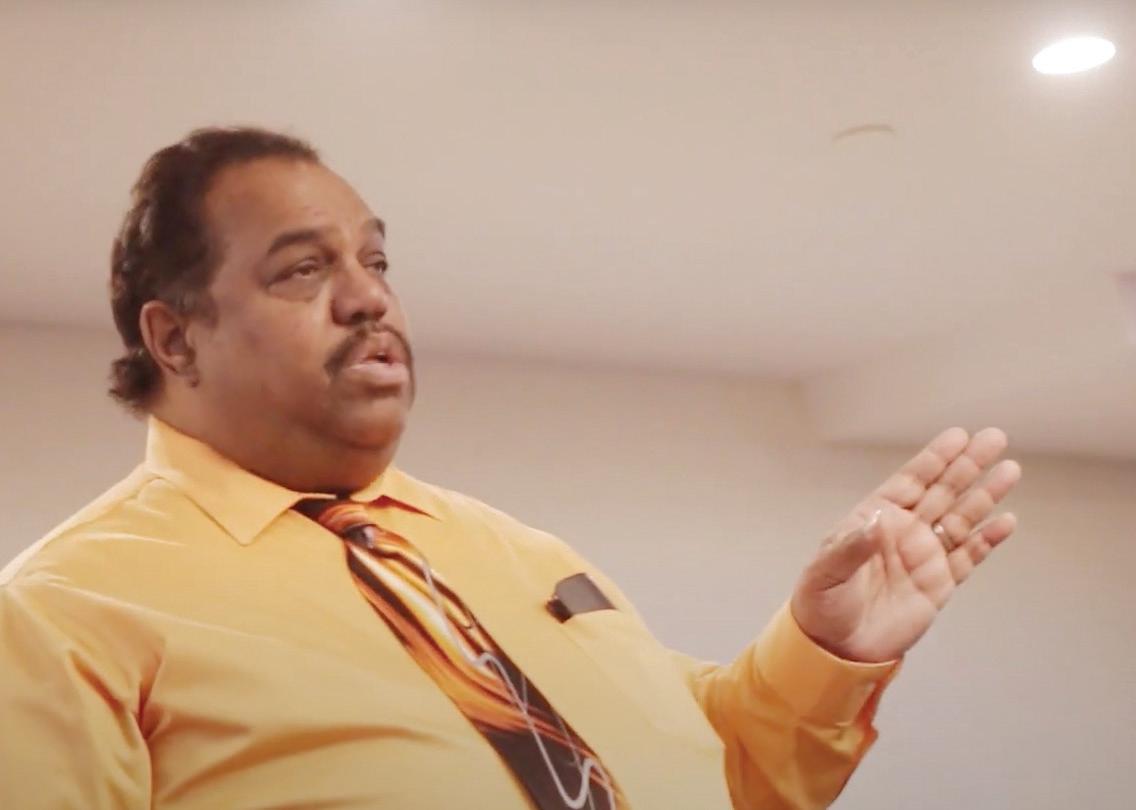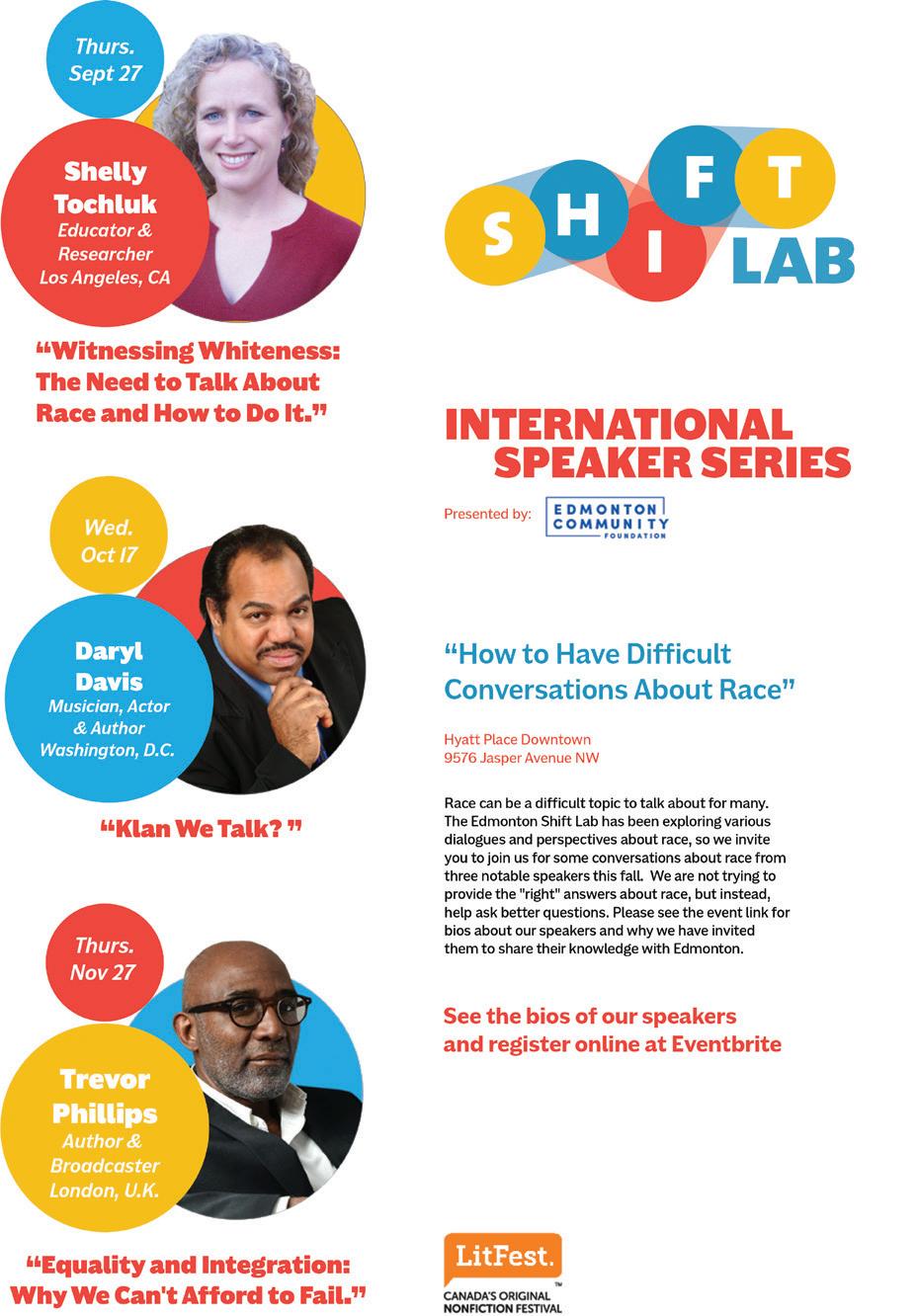
8 minute read
Discovery Phase
Literature Reviews and Expert Perspectives
In the discovery phase of Shift Lab 2.0 we reviewed four literature areas:
1. Indigenous Ways of Knowing 2. Racism Myths 3. Anti-Racism Insights 4. Behaviour-Change Science
We hired research experts in each area to gather insights from relevant literature and data to find leverage points. This evidence helped us design Shift Lab 2.0 and identify features required to tackle racism. We recognized the need to synthesize insights from the literature review into digestible chunks so future Core Teams could use them.
IYINIW KISKEYIHTAMOWIN INDIGENOUS WAYS OF KNOWING
ewako iyiniw kiskinohamâkewitipahikestamâkewin/ nîkânîwin anita wîtatoskemitowak, omâmînomiwewak, ekwa mâmawinitowin owîtatoskemitowak kwayask kanisitohtahkik pakwâtitowin ôta amiskwacîwâskahikanihk/kihcihasotamâtowin nikotwâsik askiy.
We centred Indigenous scholarship/leadership in the stewardship team, advisors, and community core team members to better understand the context of racism in Edmonton/Treaty 6 Territory.
mihcet kîkwaya kâhisihayisinihkâtamak nehiyawihtwâwin ôta kitatoskewininaw namoya kwayask epimohtâtamihk, mâka înîsiwin kâhohcipayik ohci isihtwâwin kiskeyihtamowin namoya asime iteyihtahkwan.
Many of the ways we centered Indigneous knowledge in the lab can’t be captured in steps and linear processes, but the wisdom that emerges is critical in informing how the Lab might engage with a) land-based practice b) ceremony and c) elder stories, all of which is essential to our triple helix methodology. We learned the importance of place and land-based practices and did our best to incorporate this into the Shift Lab. We centred Indigenous scholarship/leadership in the stewardship team, advisors, and community core team members to better understand the context of racism in Edmonton/Treaty 6 Territory.
kikiskeyihtenaw ehispihteyihtakwak ayâwin êkwa askiy isihtwâwina ekwa kitahkameyihtenaw ôta kahastâyahk Shift Lab.
We learned the importance of place and land-based practices and did our best to incorporate this into the Shift Lab. “If only people would just _____.” This presumes people will act differently if they knew better. On the surface the sentiment is understandable. But it’s a tautology; people do as they are conditioned to and won’t “just” shift their behaviour at will.
“Racism is a product of ignorance.” People who commit racist acts or hold racist beliefs are often highly educated. Today, nearly everyone has access to information to dispel ignorant beliefs, yet racism still persists. Knowledge and information alone do not prevent racism.
“Reverse racism is real.” Not really. Racism is predicated on power relations within a society. While white people can be individually discriminated against, as a group, white people in Canada generally do not suffer the repercussions of decades of policies, actions, attitudes, systems, and media portrayals that disrespect their humanity. That said, anti-racist policies should avoid privileging racialized Canadians at the expense of white Canadians.
“Anti-racism is a “zero-sum game.” Here, the idea is that one person’s benefit is to another’s detriment. Racial quotas in hiring are often raised as evidence of this. Anti-racism praxis is, ideally, based on equity and human rights, and sees the elimination of “race” (and related factors such as ethnicity, skin colour) as any kind of determinant in a person’s fortune.
RACISM MYTHS
ANTI-RACISM INSIGHTS
A clear working definition of racism is difficult to land on, and there are many valid definitions in use today. For example, author Shelly Tochluk’s framework addresses four levels of racism (internal, interpersonal, structural, systemic) but there is less agreement about what distinguishes the latter two.
Indicators of what a reduction in racist behaviour at multiple levels of scale looks like is hard to agree upon. Blanket approaches that treat all communities the same are ineffective compared to more specific, targeted approaches.
Opposing racism is not easy or comfortable — nor is it meant to be! Undoing the legacy of racism embedded in systems is a process that sometimes involves overcoming paradoxes and recognizing tensions. It leaves us vulnerable and open to criticism. And that’s okay.
Existing diversity training and other corporate-based approaches to reducing racism have been proven to be of limited use and can even be counterproductive. Understanding that individuals respond differently to cues and incentives, we learned that people are more likely to change behaviour if they have agency to identify what they want to change within themselves.
Intensive one-off workshops or training (known as “shower” campaigns) are less effective than “drip” campaigns, where engagement and information is dispersed periodically over time.
We learned that Western societies typically focus on three main approaches to effecting social change. They involve some level of: 1) incentives; 2) threats; or 3) reasoned debate. Social psychologist Kurt Lewin (founder of what is now known as sensitivity training) asked a different question that intrigued us: “Why aren’t people going to the right change on their own?” That motivated us to ask, “How can we remove barriers for people to adopt the change that we want to see in the world?”
BEHAVIOUR-CHANGE SCIENCE
Discovery Through Interviews and Community Consultation Workshops
To go deep or broad?
During the eight month Discovery Phase, we explored whether Shift Lab 2.0 should focus more deeply on a system/ sector/organization that wanted to make progress on racism, or whether to go broad to tackle racism as it exists and shows up in Edmonton. Some lab theories believe that going deeper in a specific system (for example, education or healthcare) can help uncover more powerful insights and lead to richer interventions.
The challenge of going down this route is that the possible solutions generated for a specific system may only work in that context and cannot be scaled to other domains or sectors. On the other hand, the drawback to tackling racism more broadly is that it increases complexity and it is just as challenging to have multiple systems adopt the interventions that emerge from a lab process.
To explore whether Shift Lab 2.0 needed to go deep into one system or stay more broad, the Stewards interviewed leaders in various systems to see if there was appetite for working with a community-based team to tackle a specific racismrelated challenge. We also held two community workshops to explore what community members, anti-racism experts, and systems-change leaders thought might be the best approach for Shift Lab 2.0.
Interestingly, from the quantitative and qualitative information that came from these interviews and workshops, we could see that community members were torn. Half wanted a deeper approach and half wanted a broad approach, despite its limitations.
Essence of what we learned from this part of the Discovery Phase
• People in organizations want to progress and reduce racism in the organization’s practices and structures.
However, this requires a very delicate approach; these same organizations are sensitive to risk and bad publicity if something goes awry, and therefore leery of engaging.
• There was a divide between anti-racism experts wanting to tackle deep racism in systems and community members wanting to stop racial harassment happening on the street.
Discovery Through International Speaker Series Research
While we were in the eight month pre-lab phase, we simultaneously ran an international speaker’s series to share with Edmontonians expert insights and ideas on racism. The series was called “How to Have Difficult Conversations About Race” and brought four speakers that had tackled racism in unique and transformative ways in the United States and the United Kingdom. These speakers were chosen not because they had “solved” racism, but because they could bring outside ideas on challenging and eliminating racism that could work in Edmonton. So far, the series has only featured White and Black speakers. They were chosen partially based on the perspectives they could bring to our audience as well as expediency. While the series has not yet featured Indigenous speakers, we are planning to include these perspectives in future iterations.
The series was open to the community. It attracted people working in this space and people who were curious from around the city. During the series we also surveyed attendees before and after the talks to get their sense of racism and asked what they felt was important to focus on. The views of the experts on practices that were working outside of Canada and survey results from lecture participants also contributed to help us formulate our direction for Shift Lab 2.0.





Thanks to local documentary filmmaker and Shift Lab 2.0 coordinator Nicole Jones-Abad, you can view videos of each lecture at
https://www.edmontonshiftlab.ca/tools/
• The need to meet people where they are at: Not everyone will become an anti-racist activist overnight. Shelly
Tochluk’s analogy of the ‘Racial Justice Freeway,’ in her book, Witnessing Whiteness, and in her lecture, was intriguing. It recognized different approaches can lead to the same destination. According to this analogy, a onesize-fits-all approach is not useful and may create further polarization. People rarely go from ignorant to anti-racist based on a single interaction, call out, or diversity training workshop.
• The uniquely personal and relational nature of racism:
Addressing racism through calm conversations, deep listening, and relationship building at an interpersonal level is hard. But people are less likely to “other” and hurt one another if they know a person in a relational way. Deep relationship building, as musician Daryl
Davis demonstrates with members of the Ku Klux
Klan, may be the quickest way to stop racism even in extreme contexts. It can be deeply draining to many racialized persons, however, and is difficult to grow these interactions to a public scale. • Conventional anti-racist practises may backfire even with the best of intentions, as we learned from Trevor Phillips.
Some messaging may not work the way it is intended to, and may in fact create polarization and intolerance.
Additionally, the consensus agreement on what racism is and isn’t is fracturing, calling into question the efficacy of public responses such as “naming and shaming” as a corrective to racial discrimination.
• Narratives depend on the language used to construct and frame them. As Antionette D. Carroll with the Creative
Reaction Lab explains, creativity, humility, and even humour can become powerful tools for marginalized communities mobilizing to fight for equity and against racism. Agreement on language-setting is a key step towards establishing goals for anti-racist actions.

The graphic above was part of an anti-racism campaign in the UK for the Commission for Racial Equality. Trevor Phillips shared in the speaker series that the graphic actually backfired when tested and may have contributed to more racist views being developed.

Posters for the speaker series










